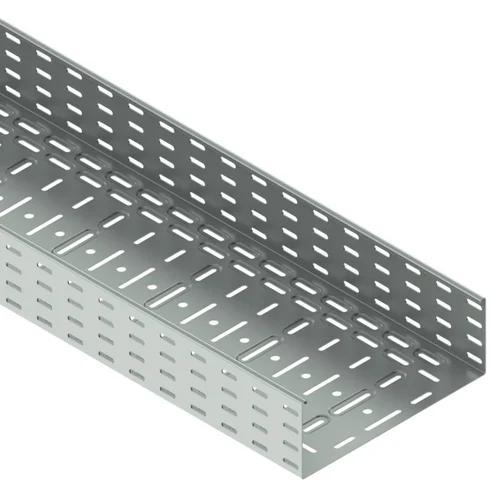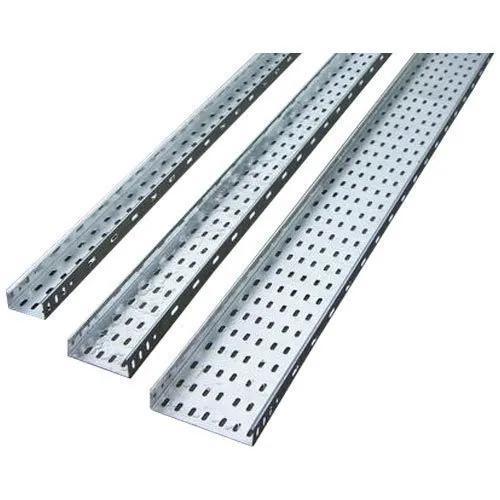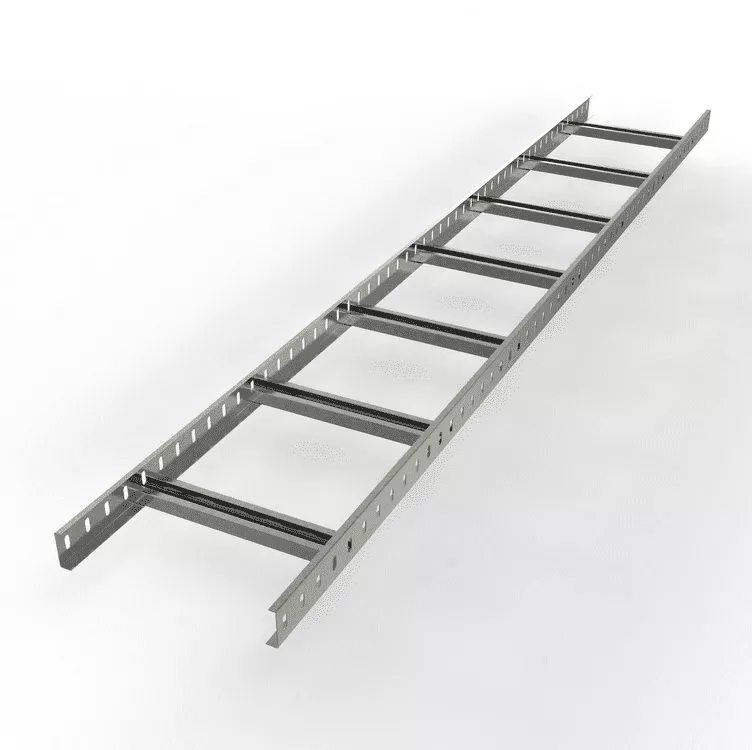The cable tray system is a widely used method for managing and supporting electrical cables in commercial, industrial, and institutional installations. The choice of cable tray type largely depends on the specific application requirements, design constraints, and environmental factors. Among the different types of cable trays available, ladder-type cable trays are the most commonly used due to their versatility, strength, and ease of installation.

Ladder-Type Cable Trays
Ladder cable trays derive their name from their resemblance to a ladder. They consist of two longitudinal side rails connected by rungs at regular intervals. These trays offer exceptional support and ventilation for cables, which helps dissipate heat generated by the cables, thereby reducing the risk of overheating and improving cable life expectancy. The open structure makes it easy to add, remove, or modify cable configurations, which is especially beneficial during system upgrades or maintenance.
Here are several reasons why ladder-type cable trays are so prevalent:
1. Versatility: Ladder trays can accommodate a wide range of cable sizes and weights. They can hold numerous cables without overcrowding and allow for efficient organization of cables based on their routing needs.
2. Ventilation: The open design allows for excellent air circulation around the cables, which reduces heat buildup and mitigates the risk of fire hazards associated with overheated cables.

3. Ease of Installation: The modular nature of ladder trays enables quick assembly and installation. They can be easily cut to size on-site and joined together using various fittings and accessories, including straight sections, tees, crosses, reducers, and bends.
4. Accessibility: Cables are openly displayed, making it easy to identify and trace them for maintenance or troubleshooting purposes. Additionally, new cables can be added without disturbing existing ones.
5. Cost-effectiveness: Ladder cable trays are generally cost-effective compared to other cable management systems, especially when considering their durability, low maintenance requirements, and adaptability.
6. Material Options: Ladder trays are available in a variety of materials, including hot-dip galvanized steel, stainless steel, aluminum, and fiberglass reinforced plastic (FRP), each offering unique properties suited for different environments (corrosion resistance, strength, weight, etc.).
7. Fire Resistance: Some ladder trays are made with fire-retardant materials or coatings, enhancing their performance in fire-safety scenarios.

Despite being the most common, ladder-type cable trays may not always be the optimal choice for every scenario. Other types of cable trays, such as solid bottom trays, perforated trays, wire mesh trays, or channel/wireway systems, might be more suitable depending on the project’s specific needs related to cable protection, bundling requirements, environmental conditions, or aesthetic considerations.
In summary, ladder-type cable trays are the go-to solution for many electrical installations due to their flexibility, durability, and overall efficiency. They have become an industry staple due to their ability to meet a broad array of demands across multiple sectors and under varying conditions. When planning an electrical installation, careful consideration of the particular site conditions and cable management requirements will help determine whether a ladder tray or another type of cable tray system is the most appropriate choice.

